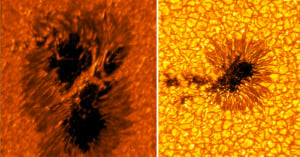
World’s Most Powerful Solar Telescope Captures Hellish Photos of the Sun
Earth's most powerful solar telescope has captured new images of the Sun, zooming in on sunspots and showing them in nightmarish detail.

Earth's most powerful solar telescope has captured new images of the Sun, zooming in on sunspots and showing them in nightmarish detail.
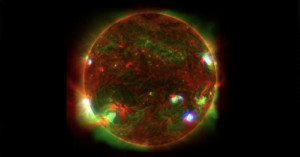
Three telescopes were pointed at the Sun to create this unique image that contains never-before-seen light.
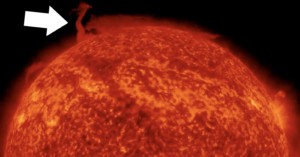
A satellite captured the moment a chunk of the Sun's northern pole broke off into a vortex, as scientists struggle to understand what is happening.
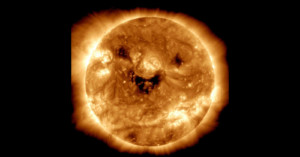
NASA’s Solar Dynamics Observatory (SDO) has captured the Sun "smiling", thanks to the star's extremely active period.
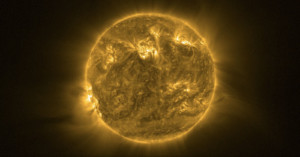
The Solar Orbiter mission recently flew close to the Sun to show Earth's nearest star over 20 days from September 20 to October 10.

Astrophotographer Ian Griffin captured this unusual photo of a solar analemma that charts the Sun's path over a year using a pinhole camera with a 4x5 glass plate inside.
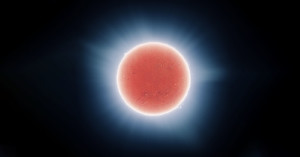
Talented astrophotographer Andrew McCarthy has posted a wonderous 145-megapixel image of the sun he captured with a specially modified telescope.
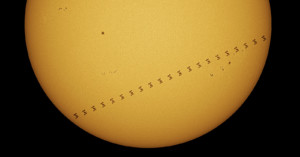
Astrophotographer Jamie Cooper captured an incredible photograph of the International Space Station passing in front of the sun from his backyard garden.
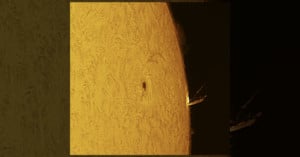
Chuck Ayoub was trying out a new filter on his telescope camera when he captured a huge explosion on the surface of the Sun.
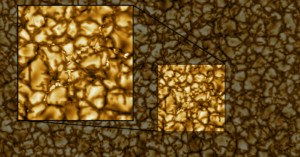
The National Solar Observatory has just released the highest resolution images and video ever taken of the sun's surface. The images, captured with the National Science Foundation’s Daniel K. Inouye Solar Telescope, capture the sun in unprecedented detail, revealing features as small as 18 miles (30km) in size for the first time ever.

Tabloids will pay money for the strangest photos, as long as those stories grab attention and help them sell …
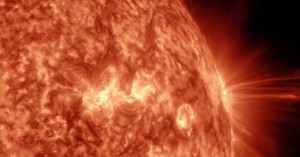
James Tyrwhitt-Drake recently combined over 17,000 images captured by NASA’s Solar Dynamics Observatory and Helioviewer.org to create a time-lapse showing the largest sun spot of the past two solar cycles -- that's roughly 22 years!
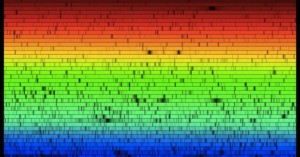
If you paid attention in high-school physics, you know that white light contains within it the rainbow of colors of the visible light spectrum: red, orange, yellow, green, blue and violet (and if you're Isaac Newton you throw Indigo in there for good measure).
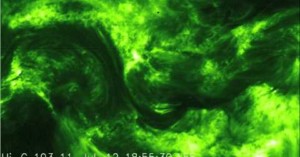
Many of the photos we get back from space come either via powerful telescopes in orbit or talented astronauts in the ISS. Another way to explore the cosmos in pictures, however, is to mount a high-powered telescope to a sub-orbital rocket, and fire away. During the trip, the telescope is allotted about 10 minutes to get the photos it's looking for. And lest you think 10 minutes isn't enough, a couple of weeks ago NASA used this exact method to capture the clearest ever images of the Sun's corona.